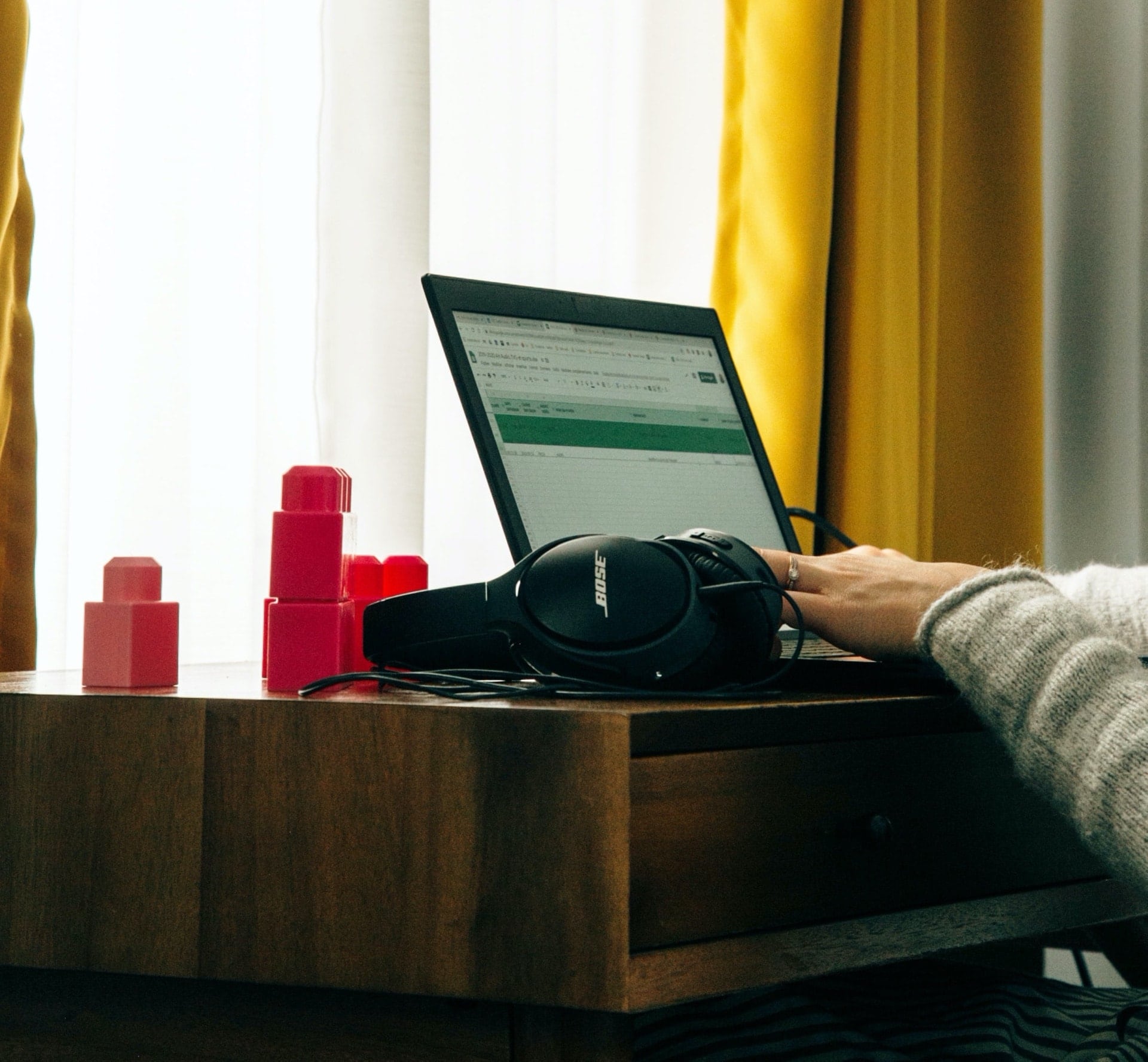In the aftermath of COVID-19, what does the “new normal” look like for workplace teams? What noticeable changes can we expect to see in how workplace teams communicate and interact with each other for the rest of 2020 and beyond?
At Karma, we believe that good things can come from even the most challenging of situations. There’s always a silver lining somewhere. COVID-19 has thrown an unprecedented curveball to businesses of all shapes and sizes across the globe. Suddenly, workplace teams have had to adapt to remote working and use new technologies to make this possible.
It has been remarkable to see the steady embrace of remote working technology over these past few months. We always knew that 2020 had the potential to be an exciting year for remote working technology, but none of us could have possibly anticipated that a global pandemic would usher in the mass adoption of these tools and applications.
So far, 2020 has certainly been an interesting year for Karma. Our intuitive tool is designed to help facilitate positive reinforcement among team members communicating through remote working platforms, like Slack and Microsoft Teams. In the wake of this crisis, we saw a sharp rise in the number of people adding Karma to their remote working platform of choice.
As founders, it has been incredible to talk with many of our new users and learn about how they have quickly adapted their business operation around this pandemic, shifting to remote working and using tools like Karma to maintain high levels of workforce productivity. As the situation with COVID-19 begins to de escalate, what will the new normal look like?
How many people were remote working before COVID-19?
There has always been a big appetite for remote working. However, in the years leading up to COVID-19, the rise of cloud computing paved the way for new remote working opportunities that were previously impossible, due to technological constraints and many other reasons as explored previously. Slack and Microsoft Teams are two of the most popular cloud-based applications that have emerged onto the scene.
There has been plenty of research conducted in recent years on remote working.
In 2018, Owl Labs’ Global State of Remote Work reported that 44% of companies didn’t allow remote work.
During the same year, The State of Flexible Work Arrangements found that 53% of employees surveyed said that there was no official flexible work policy in place at their company.
Indeed’s 2018 remote work survey found that remote work policies are most common at midsize companies with 201 to 500 employees. They also learned that small companies with 5 to 20 employees are the least likely to offer remote work options at 42%.
Even two years ago, we were still some considerably far away from the mass adoption of remote working.
What challenges did remote working bring during the peak of COVID-19?

As economies across the globe went into lockdown, businesses had to make quick decisions on how they could continue to operate. Workforces that had not previously used cloud-based applications, like Slack and Microsoft Teams, inevitably found shifting to remote working more difficult than teams filled with seasoned users of these applications.
The sudden shift to remote working presented many challenges for team leaders. With the uncertain climate, it wasn’t the time for businesses to be taking their foot off the pedal when it comes to driving workplace productivity and performance.
Team leaders used Karma to promote positive reinforcement across the workforce, incentivizing positive behavior with a rewards-based system that sits within either Slack or Microsoft Teams. It was inspiring to see so many workforces readily embracing tools like Karma to drive a positive remote working culture for increased productivity and performance.
Has COVID-19 changed attitudes towards remote working?

Unfortunately, it’s still too early to say whether the global pandemic has changed people’s attitudes towards remote working. There has always been some resistance to the idea of remote working, but as more businesses dipped their toes in the water, it will be interesting to see whether this short term experience has changed their perception of remote working and its merits.
Will teams continue to work remotely?
This is the big question on everyone’s minds! As budgets tighten to combat an economic downturn, some employers may reconsider the need for a physical office. If remote working was a positive experience during the COVID-19 outbreak, employers may be inclined to move out of their physical workspaces and cut costs.
In April 2020, when studying the working landscape after COVID-19, a Gartner survey of 229 human resource managers found that two-fifths of remote employees would like to get more “self-directed work” and it appealed to managers to “trust their employees” and move away from directing their work. From this, we sense that a significant shift in how workforces operate could take effect in the near future.
Add Karma to Slack today and build a high-performance remote working culture!


 The Ultimate Guide to Remote Working on Microsoft Teams
The Ultimate Guide to Remote Working on Microsoft Teams